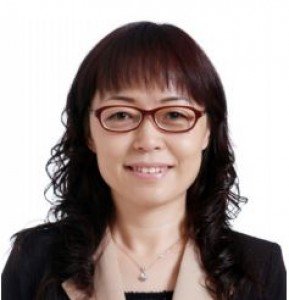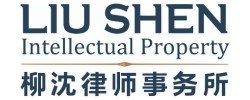When drafting claims of a patent application for an invention, functional technical features are often inevitable or irreplaceable, especially when the invention is partly or completely implemented by computer programs. How to best protect an invention by properly drafting functional technical features in claims has become a crucial issue in China.
Conflicting Interpretation of Functional Features in China
In China, the protection scope covered by a functional technical feature is interpreted differently by the State Intellectual Property Office (SIPO) in the examination procedure and by the court in patent infringement litigation. According to the Patent Examination Guidelines, “technical feature defined by function in a claim shall be construed as embracing all the means that are capable of performing the function,” while according to an interpretation made by the Supreme Court of China, “where a technical feature in claims is expressed in way of functions or effects, the People’s Court shall determine the content of the technical feature taking into consideration of the detailed embodiments of the functions or effects described in the specification and drawings, and equivalents thereof.”
The above conflicting interpretations have been confusing to the public. Should a functional feature in a claim be constructed as embracing all means that are capable of performing the function, or should it be constructed as being limited to the embodiments of the function in the specification?
In Nokia v. Shanghai Huaqin, Nokia owned a granted Chinese patent with some claims defined with purely functional technical features, and initiated a patent infringement lawsuit against Shanghai Huaqin, claiming damages of about Rmb20 million (US$3.08 million). In a surprise ruling, it was determined by the court that Huaqin did not infringe Nokia’s patent right on the grounds that the protection scope of Nokia’s target claim is indefinite after checking what is disclosed in the specification.
Apparently, an improperly drafted claim defined with functional technical features could be useless even if the patent application is granted in China.
As learned from Nokia v. Huaqin, and from the confusing practice of patent examination and patent infringement litigation, several tips are provided here for applicants to draft the best possible functional features in a product claim.
First of all, never define a product solution with pure functional features. According to the Patent Reexamination Guidelines, “Usually, for product claims, features of function or effect shall be avoided as far as possible to be used in defining the invention ..., claim of pure functional definition cannot be supported by the description, and therefore is not permitted.” In Nokia v. Huaqin, Nokia’s product claim was a claim of pure functional definition, which was allowed during the prosecution and then was construed as being indefinite according to the disclosure of the specification by the court.
Second, it is always good to draft as many embodiments as possible in the specification. Since the court construes functional features as embodiments in the specification, the applicants are encouraged to present as many embodiments as possible in the specification in order to obtain an ideal protection scope on the basis of the disclosed embodiments.
Third, for inventions relating to computer programs, hardware implementation should be described in the specification. It is known that an invention relating to a computer program usually has only one embodiment based on the flowchart of the computer program, while using of functional technical features is often inevitable or irreplaceable in the claims for such inventions. For such inventions, to define a product claim with functional features, it is recommended to describe in details the components of the product, such as a memory for storing the computer program and a processor for executing the program stored in the memory. Meanwhile, it is also recommended to state clearly in the specification that the solutions can be realized through not only software implementations, but also hardware or firmware implementations, such as FPGA or DSP. It should be noted that wordings like computer program, instructions, programming codes etc. shall always be avoided in the claims, especially in a product claim.
In summary, to best protect an invention in the claims for which functional technical features are inevitable or irreplaceable, it is crucial to properly draft the specification so as to fully support the functional descriptions in the specification. If the specification is drafted with sufficient embodiments and implementations, it is desirable to get a claim defined with broadly generalized functional features being allowed during the patent examination, while be construed to have a broad protection scope by the court.
Liu, Shen & Associates
10F, Hanhai Plaza,
10 Caihefang Road, Haidian District,
Beijing 100080
T: +86 10 6268 1616
F: +86 10 6268 1818
E: mail@liu-shen.com










